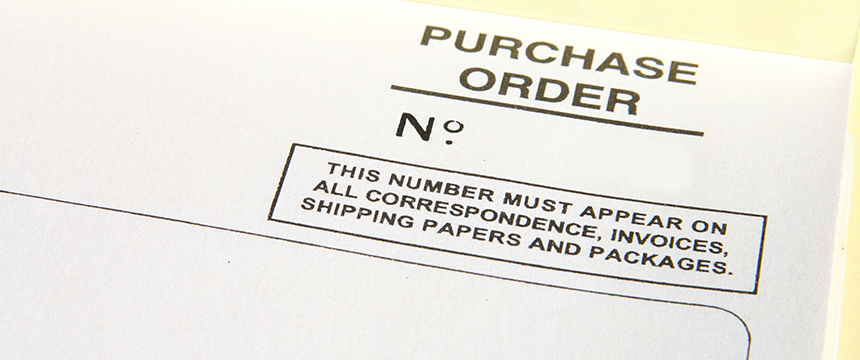Have You Checked Your Purchase Order? Do You Know Who Your Counterparty Is?

Do you know who your counterparty is? Most of you reading this article will respond – of course, I do.
At the start of the business relationship, accounting performed its due diligence, checking for any red flags to ensure that the buyer of goods and services has the financial wherewithal to pay for any purchases. Accounting set up the name of the counterparty in the accounting system. Business was good. No hiccups. Until . . . one party files for bankruptcy relief.
The non-debtor company scrambles to ensure that it has crossed all its “T”s and dotted all its “I”s as it concerns the bankrupt entity. The non-debtor company gathers all its documentation. Then, the questions start.
Scenario: You have been doing business with “Company X” for years. Over the years, Company X’s name seemed to change. Company X added regional names to denote the location of its business or other descriptive words to identify distinct business lines. Could these names changes be nothing more than just a “doing business as” issue? Or could there now be legal implications as to who exactly was and is today your counterparty? This article identifies three key questions you should ask as it concerns your purchase orders and other supporting contract documentation to determine which entity is your counterparty.
Why This Is Important1
Knowing who your counterparty is important for various reasons, including, but not limited, filing liens (if applicable), filing proofs of claim against the correct debtor entity, exercising recoupment and setoff rights, and preserving your defenses.
Three Key Questions
- Who is Your Counterparty? Review your contracts, purchase orders, and invoices to determine if the same entity you are doing business with is the entity on these documents, including any assignments. In addition, review your payment history with the counterparty.
- Who Owns Your Counterparty? Ask the counterparty to provide the list of owners of each entity, including a written explanation about the relationship among the various entities on your documents. Run a search in the business corporate records to find out if there is more than one entity with that name. It may be surprising to find out how many affiliates a company has.
- What Is the Financial Status of Your Counterparty? Ask for updated financials. Also request confirmation of W-9 information for all entities appearing in your contracts, purchase orders, and invoices. Many times, entities will not review or update a counterparty’s financial information unless there is a red flag. By the time there is a red flag, it may be too late.
For the creditor who is owed money, bankruptcies can be a frustrating experience. Reviewing your contract documentation (including purchase orders and invoices) provides an opportunity to mitigate contracting issues before a bankruptcy filing and ensuring that you preserve all rights available.
1 This same issue also works in the reverse for the non-debtor entity. Check to ensure you know which of your entities has been doing business with the counterparties.
